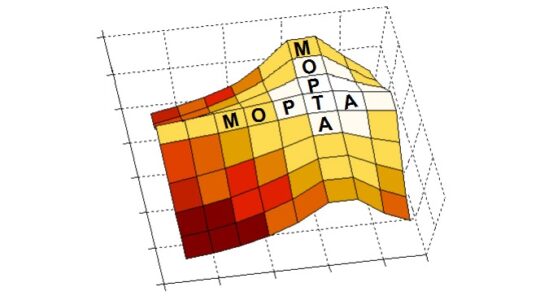
When money is invested in an application to achieve savings or increase the income of a company, it is convenient to estimate its Return of Investment to decide if acquiring or developing the application is worth it.
In the case of Prescriptive Analytics applications, it makes even more sense to calculate the ROI because companies are seeking how to improve their decisions. These better decisions should produce measurable direct or indirect benefits in financial terms.
The good news is that Prescriptive Analytics applications can be used in many cases where the ROI is very high and the investment in them is clearly justified.
General ROI estimation steps
Each business situation is different and so is how to calculate the ROI However, there are some steps that should generally be followed for a specific area of decision, and which in a very simplified way would be:
Estimate how much the company would spend or earn during a given period of time if the decisions were optimal
One way to make this estimate would be by choosing various past scenarios in which decisions were made and calculating how much the company would have spent or earned.
From these calculations we obtain an estimate of expenses or income for a certain period of time. To make this estimate, objective criteria are used to relate the sample of calculated data to the estimated value for the entire period. There are cases where expenses or income can be calculated directly without the need for estimates, but it is not very common.
Calculation of the actual expenses or income of the company.
To perform these calculations, we must use the same time period as in the previous estimate.
Calculation of earnings
Using the same time period, the company’s earnings are calculated according to whether it is savings (value obtained in step 2 minus what was obtained in step 1) or increase in income (vice versa)
ROI calculation
Typically, a Prescriptive Analysis application is an investment (CAPEX) made at the beginning of the implementation, but the savings or income increases accrue indefinitely over time if the scenario does not change. Therefore, ROI is calculated over a period of time, for example, one year. The formula is:
ROI: ((profit – investment) / investment) x 100
Where the gains are savings or increased revenue in the chosen period, and the investment is the cost of purchasing or developing the application.
Introducing Payback Time
It is a similar concept to ROI. This is the time period taken by the application “to pay for itself” with the profits it brings and is generally a better indicator for Prescriptive Analytics applications. This is so because these applications are generally funded by the benefits obtained in a few months, weeks or even days of use.
The calculation of the payback time is very simple: if, for example, we want to calculate in how many weeks the application pays for itself:
Payback Time= Average investment / profit in a week
How much can we expect?
In the academic literature, the PhD Dissertation entitled “Analysis of the complexity of model-based decision-making processes within the context of industrial management” [Pulido, 2016], calculated the average savings reported in 56 articles from the Interfaces magazine that reported on the impact of the implementation of Operations Research solutions in so many projects. These articles are limited to real cases with objective quantification of the impact.
The calculated result is an average saving of 15.96% and a standard deviation of 9.06%, with a minimum of 3% and a maximum of 37%.
Conclusions: time to market
Any investment in Prescriptive Analytics applications must pass the ROI or Payback filter. There are cases where these applications are not worth using due to poor return, but there are many others where “money is wasted” when they are not immediately implemented.
That’s why in Prescriptive Analytics, we talk about the money the company is losing each month that goes by without a working solution. And not to mention that many of these applications are used in strategic processes that give the company a competitive advantage in increasingly difficult markets. This is the concept of Time To Market, which is broader than ROI and can also be calculated.



